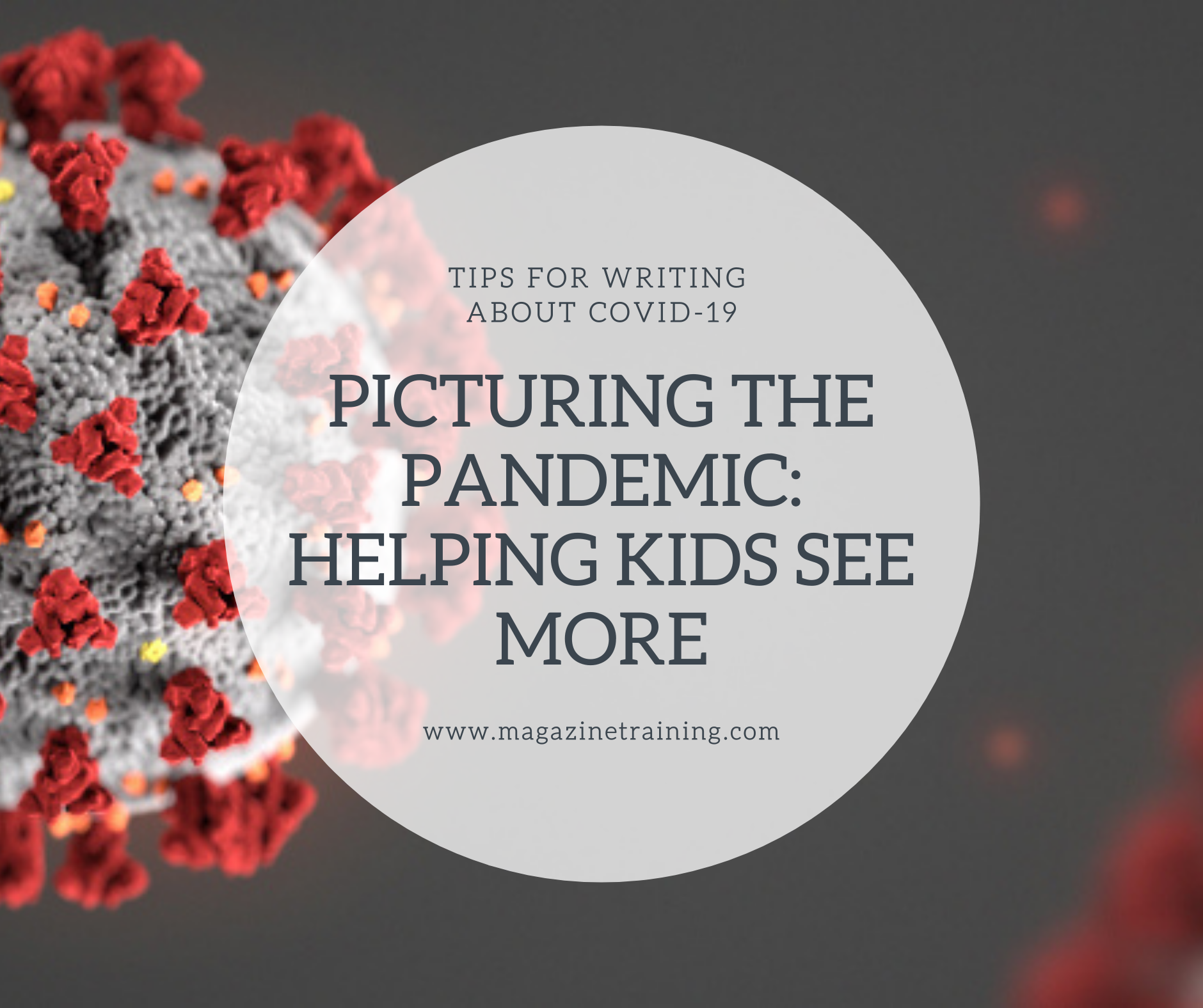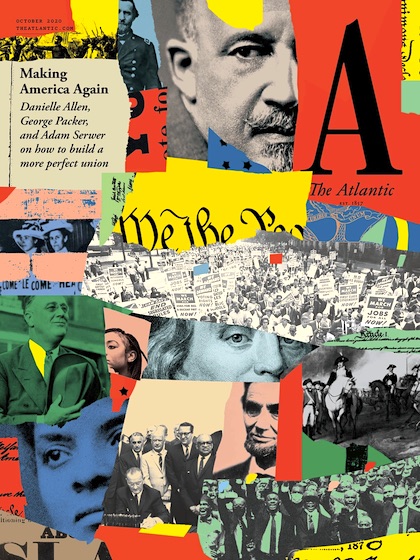
When you think about the pandemic, what images comes to mind? What we and our students know about the virus is based on our own personal experiences as well as what “the media” have shown us.
Many of us have already seen media images of people wearing masks; interviews with doctors and other medical professionals; people working in labs to produce a virus vaccine, and sometimes, patients in hospital beds.
“How we think about the pandemic depends on the news sources we follow.” That’s the way Sirius-XM talk show host and well-known centrist Michael Smerconish described things during a recent broadcast on the satellite radio channel POTUS.
How we understand our world depends in a large part on our exposure to it and how the media represents it. If students only see one body image held up as the ideal, for example, they might think that image is the only one to be valued. If their understanding of Africa comes only from watching nature documentaries featuring lions, giraffes and rhinos, they might believe that all of Africa appears that way.
Oftentimes, stereotypical depictions in media lead many people to a skewed and erroneous impression of their world. And this is certainly true for teens and tweens who often live in an age-group ‘bubble.’ How can we help them expand their understanding?
The 8 x 10 Media Literacy Tool
In this previous MiddleWeb column, I referenced how magazines – those at school and elsewhere – can be used to engage students in visual and media literacy skills.
Every week or so, news magazine cover designers go to work to produce an 8×10 image that distills and communicates a theme editors have decided is important. The creativity of the design also encourages people to buy the magazine. The same is true for monthly magazines that focus on current issues and events.
Why engage students in studying magazine covers? Media literacy is all about analyzing and creating media messages. With teacher guidance, students can discover many of the techniques graphic designers use in these 8×10 spaces, and apply their new knowledge to create mock covers of their own – helping the learning stick.
What the Covers Tell Us about COVID
How has the pandemic been presented to us and our students? With that question in mind, I embarked on creating a new media/visual literacy resource that teachers could use in classrooms and virtual settings.
by Frank Baker, Middle Web
Related posts
Category: Uncategorized
Malnutrition is a health crisis affecting millions around the world — and one becoming more urgent as the pandemic continues. Its impact is not just represented in [...]
Magazine Training International’s mission is to encourage, strengthen, and provide training and resources to Christian magazine publishers as they seek to build the church and reach their societies for Christ.



